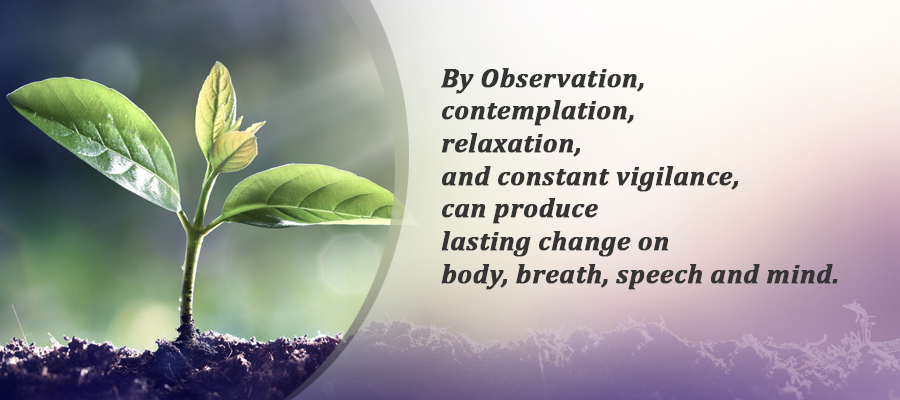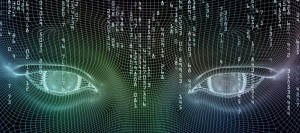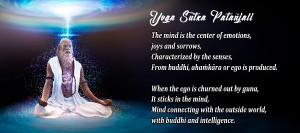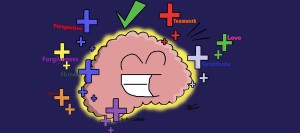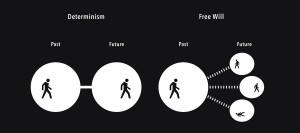The essential or basic process of “Life Science” is the attempt to make the body, breath, speech, and mind really well trained. Without the facts of understanding this basis, we cannot get the right medicine.
When the healing tools themselves become damaged, how can they have a healing effect? Body, breath, speech and mind – these are the four elements that can heal. But problems arise when they are sick themselves. The answer to this problem lies in manufacturing sound, robust and well-trained instruments.
In what ways can they improve?
The training process consists of four parts: preksha (seeing or considering carefully and deeply) anupreksha (contemplation), Kayotsarga (total relaxation) and spiritual awareness (awakening of awareness and constant alertness).
One has to learn warnings, generate sound waves, to relax and be alert. Together these four ways constitute a complete education and can make a big difference. It is through these methods that we can produce lasting changes in body, breath, speech and mind.
Hindu philosophy based on perception or vision. In fact, Darshan (philosophy) is seeing or perceiving. Philosophy taught in some schools even in colleges and universities on the basis of elementary and reasoning, but in ancient times it taught direct understanding. Not conclusions, not abstract reasons, not causes, but understanding. Today, we have lost the power to see and we fail to think and see.
Seeing later is something very important. One has to look at the breath, the body and the psychic center (chaitanya kendra).
What’s interesting to see?
One inhales and exhales breath and this lasts as long as one is alive. So what’s so special about observing seeing? The answer is to see one’s breath realizing its tremendous value, because therefore – seeing the breath – is the best way to control one’s mind or mind wandering.
The human mind is most capricious and shaky. Seeing the breath or the perception of the breath (to use more general expressions) is the best way to calm the mind. It is our inner attitudes and attitudes that cause the mind to waver. Controlling these tendencies and attitudes means controlling the mind and there is no better way to practice this control than through the breath.
The next element is seeing the body or body perception. This does not mean seeing the outward form but seeing all the action taking place within it.
In the human body there is a lot of chemicals, electricity, a great amount of movement and vibration. Many chemical changes occur in the body as a result of glandular secretions. Our brains also undergo many chemical changes. Mind itself is the source of many chemicals.
Looking at the body involves recognizing how these chemicals bring about subtle changes in our habits and attitudes. The first thing we feel after acquiring a steady posture through steadying the breath and turning the awareness inward is the vibration of the body and its location. This knowledge comes gradually and as soon as we become aware of the chemical process. As a person becomes more trained in the arts of sight or perception, he knows more and more about the human body. This is called body perception.
The third element is seeing the psychic centers that are many in our bodies. Although the number of these centers is very large, in Meditation, preksha (seeing or observing carefully and deeply) only thirteen centers is considered important. Once a person starts to see these centers they become active and it is not difficult to tell if they are active or not.
The sight or perception of the breath, body and psychic center is included in the first of the four processes mentioned earlier, namely preksha.
The way is called anupreksha (contemplation). It involves thoughts, sounds and feelings. In a sense this is the use of self-hypnosis. Everyone knows how courageous a resolution to give up bad habits and addictions may prove temporary or fail completely. Whereas our habits operate through the subconscious mind, our resolutions do so through the conscious mind. Until the message about what we want to achieve reaches the subconscious mind, the activities that we usually do consciously do not change. This is where anupreksha or contemplation plays an important role.
Way with kayotsarga or total relaxation. In this day and age, medical science has completely exposed the truth that most of our problems are caused by mental stress. It lies behind most ailments, bad habits and perverted thoughts. Through kayotsarga, stress can be relieved effectively. When the stress decreases, the problem becomes less difficult to solve. Since most psychosomatic illnesses are caused by stress, automatic stress reduction affects psycho-physiological conditions. When breathing is slow and uninterrupted, the body itself becomes relaxed and calm, and this in turn brings about positive changes even in the case of hardened habits.
The other way is spiritual awareness, which is awakening to constant awareness and alertness. A person often acts in a suspended animation. This inaction or unawareness is the cause of many problems that we can avoid by being spiritually alert. Such precautions must be continued to be practiced. If we learn to be alert while we are awake, alertness continues even when we are sleeping. This is consistent with the science of yoga which recognizes two types of sleep – one in which we are not aware of the fact that we are sleeping (supta nidra) and the other where we have sleep consciousness, jagrit nidra). The latter is simply the result of spiritual awareness and there is no better key to mental care than constant alertness or alertness. By following this method, even the most complex of psychic ailments can be cured.

